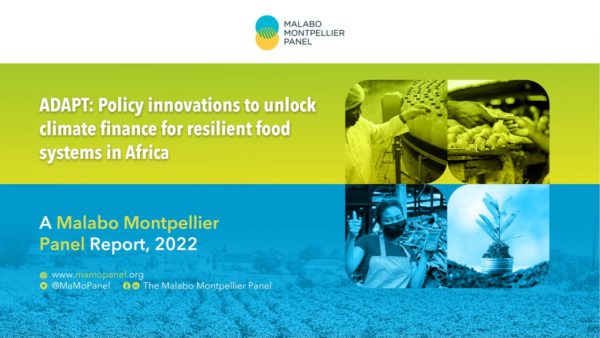Tag: Mali

New Malabo Montpellier Panel Report: Climate-proofing Africa’s food systems needs new and reimagined financing models to meet $41.3 billion adaptation cost
Africa & Middle East: African governments will need to tap into all domestic and global sources of adaptation finance to meet a shortfall of more than $40 billion to climate-proof food systems, according to the Malabo Montpellier Panel.
Read More
